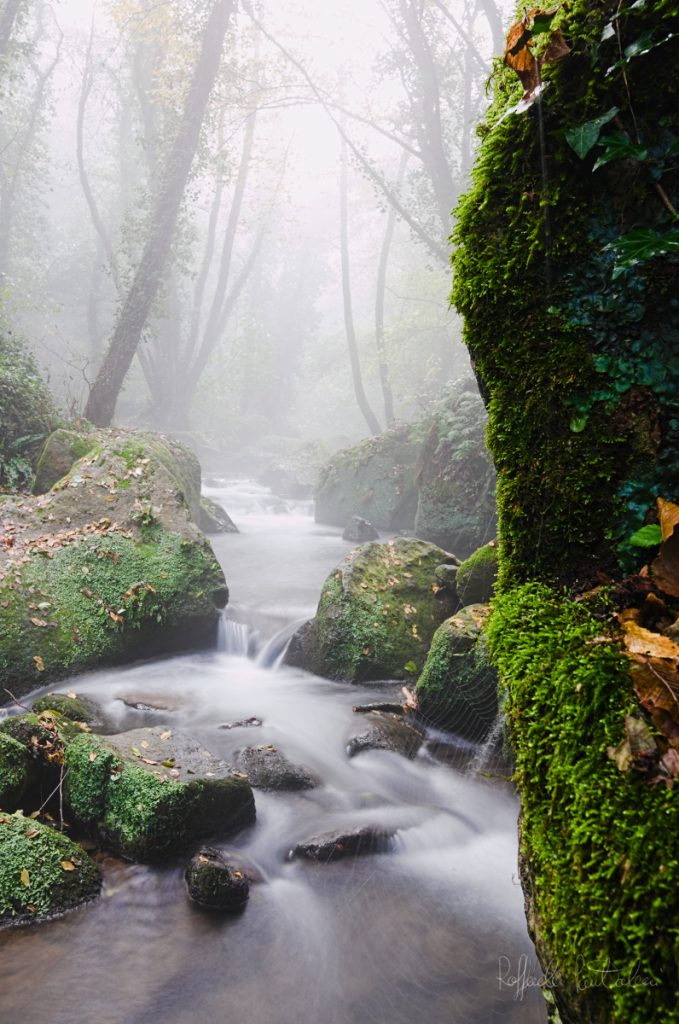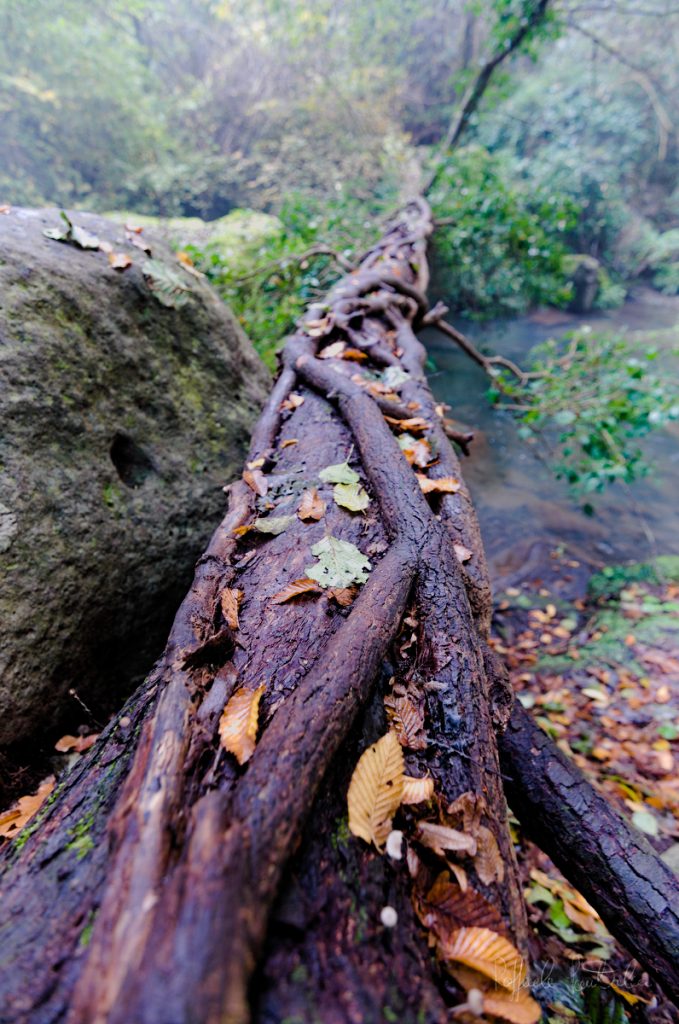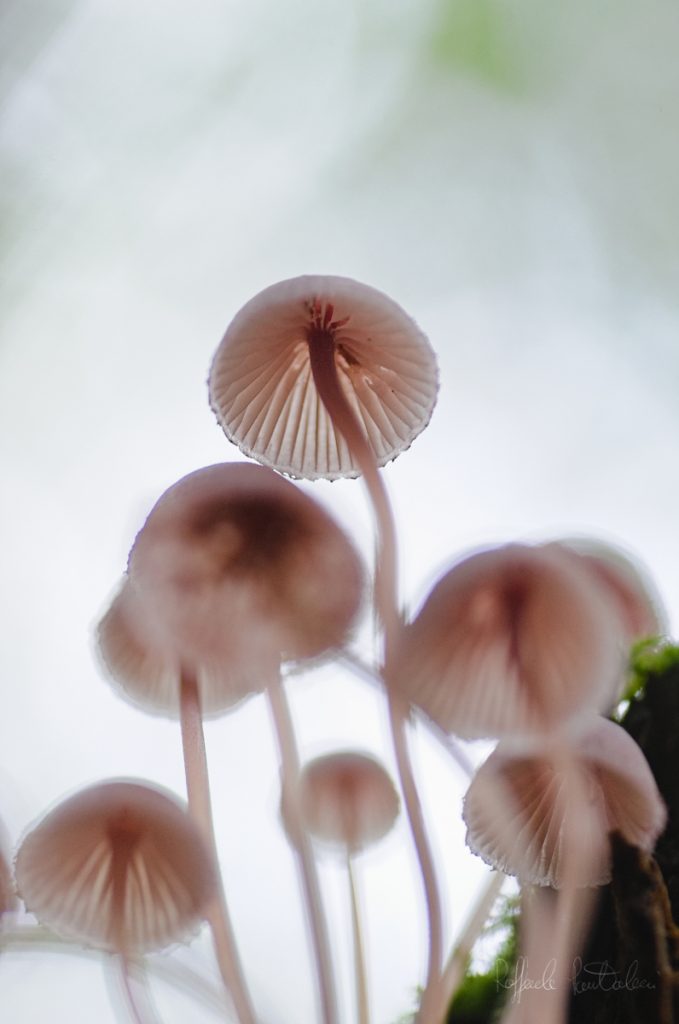In November 2018 I have the privilege to be part of the first nature photography workshop organized by the international nature photographer Marco Antonini.
The workshop is held in the Valle del Treja regional park.
The park covers an area of about 600 hectares and is crossed by the Treja River that flows over a bed of tuffaceous rocks, which with their dark and uniform color give the impression of having been thrown onto an alien world.
The appointment is around 7 a.m. trying to make the most out of the morning’s grazing light.
The huge, square, dark tufa boulders look as if they had been modeled and put in their positions by gigantic stone cutters.

The early morning fog increases the feeling of strangeness as soon as you enter the park.

The diffuse but not yet strong light makes the use of a tripod mandatory.

One of the most incredible sights, is a portion of the riverbed that remains exposed and on which only a few lazy rivulets flow, creating small puddles. Since the riverbed consists of tuffaceous rocks, hence very dark, the puddles turn into mirrors, reflecting the forest canopy that is now tinged with the yellows of late autumn.
Exploiting them photographically is a task that unleashes creativity. Playing with reflections, focus and long exposures lets you interpret a simple puddle of water in endless ways.

With the right light and the right angle, water turns into liquid gold, a place where it seems impossible for tiny plants to survive.

Long exposures can turn the numerous whirlpools into vanishing impressionist paintings.


The lush vegetation and numerous mushrooms are subject to countless interpretations, not ignoring the details and the visions typical of macro photography.


